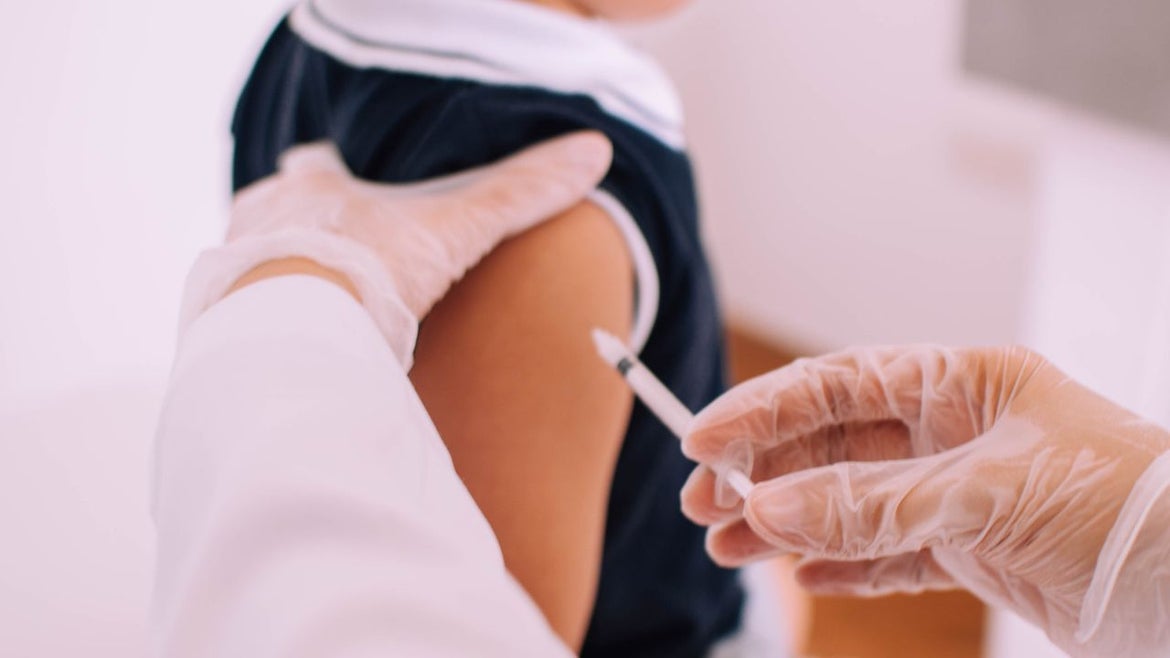Nationwide vaccination coverage has dropped amongst kindergarteners by 0.4-0.9%.
Vaccine rates in kindergarten-aged children have decreased for the second year in a row in the U.S.
Data collected from state and local immunization programs showed that nationwide vaccination coverage has dropped by 0.4-0.9% for all vaccines of children at the age to enter kindergarten, according to a report by the Center for Disease Control.
The vaccines usually required for school and included in the report included two doses of the measles, mumps and rubella vaccine (MMR), the diphtheria, tetanus and acellular pertussis vaccine (DTaP), the poliovirus vaccine (polio) and varicella vaccine.
MMR, DTap, polio, and varicella vaccine coverage in kindergarten students during the 2021-2022 school year was roughly 93% across the nation, dropping from the 2020-2021 coverage of 94%, according to the report.
While one percentage point may not sound like a big difference, it equates to roughly 250,000 children who were not given the MMR vaccine, for example, leaving them potentially susceptible to contracting the measles, said the report.
The percentage of students with an exemption from having to receive vaccinations also went up during the 2021-2022 school year. The CDC's report noted that 2.6% had an exemption in 2021-2022, whereas 2.2% did in 2020-2021, and there were 3.9% of students with no exemption.
"Vaccination coverage among kindergarten students remains below prepandemic levels; pockets of undervaccinated children within larger areas of high vaccination coverage can lead to outbreaks," the CDC wrote. "As schools return to in-person learning, high vaccination coverage is critical to continue protecting children and communities from vaccine-preventable diseases."











